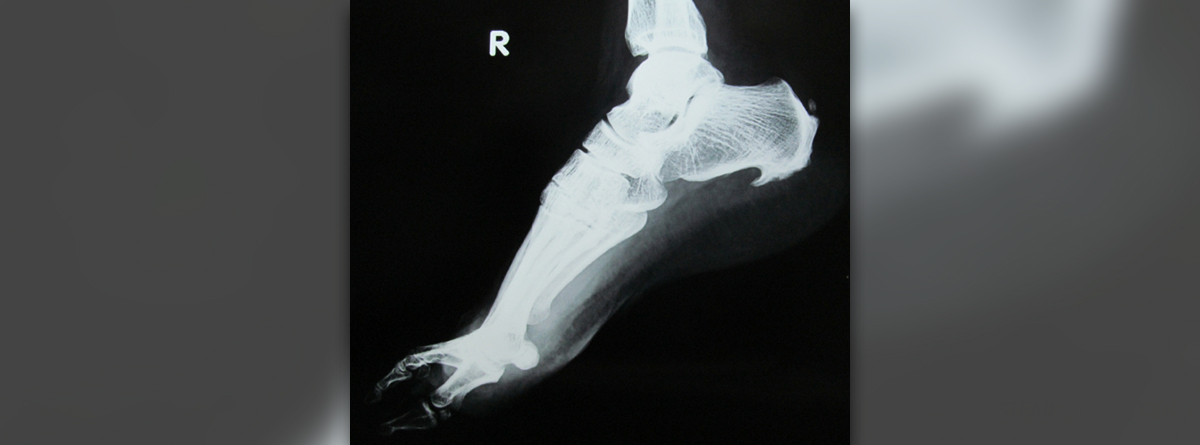
Osteophyte is the medical name for the bones spur, which refers to the bone outgrowth on the normal bone, especially in the joints where two different bones join. Bone spurs may also develop in the areas where the ligaments and tendons link with the bones. In most cases, these bone outgrowths are caused by the bone inflammation or due to constant friction of the bones against each other. The excessive pressure and stress to the bones cause the bones to wear and tear. However, the bones are also renewed within every five years, but sometimes a new bone grows on the edge of the existing bone.
Even though bone spurs may appear everywhere in the body, it is observed that they usually occur in the spine, shoulder and hips. Furthermore, the hands, knee and feet are also some of the most affected places.
Causes of bone spurs
Osteophytes are mostly caused by osteoarthritis, plantar fasciitis and diffuse idiopathic skeletal hyperostosis. The elderly population is prone to development of osteoarthritis, which is actually the wearing of the cartilages that covers the joints. This cartilage is a connective tissue found on every end of the bone, where one bone meets another bone in a joint. The function of the cartilage is to prevent the rubbing or fraction of the bones against each other. However, when the cartilage is worn out, the bones are frequently rubbed against each other and in return, the bone spurs form because of that stress.
The bone outgrowths in the feet are caused by the plantar fasciitis. The inflammation of the plantar fascia, which is a long ligament at the bottom of the foot, leads to the formation of the bone spurs. Diffuse idiopathic skeletal hyperostosis, abbreviated DISH, is a condition which is likely to cause the formation of osteophytes in the ligaments in thespine. When the bone spurs appear in the neck area, as well as in the lower back, they are usually induced by a degenerative form of arthritis called spondylosis.
Symptoms of bone spurs
When the bone outgrowths occur, they are usually very smooth and hardly provoke any symptoms. However, if it comes to the rubbing against other bones, the pain and the swelling are inevitable. Depending on the place where they appear, the symptoms are usually different. For example, if the bone spurs grow in a shoulder, the person will have the problem to move the arm smoothly, or if the bone spurs appear in the knee, the person may have problems with bending the knee.






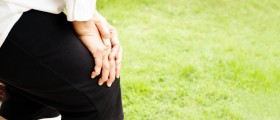
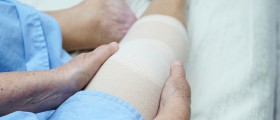

-Causes,-Symptoms,-Diagnosis,-Treatment_f_280x120.jpg)

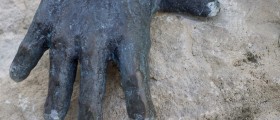

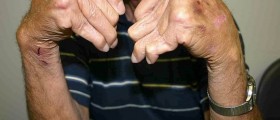



Your thoughts on this
Loading...